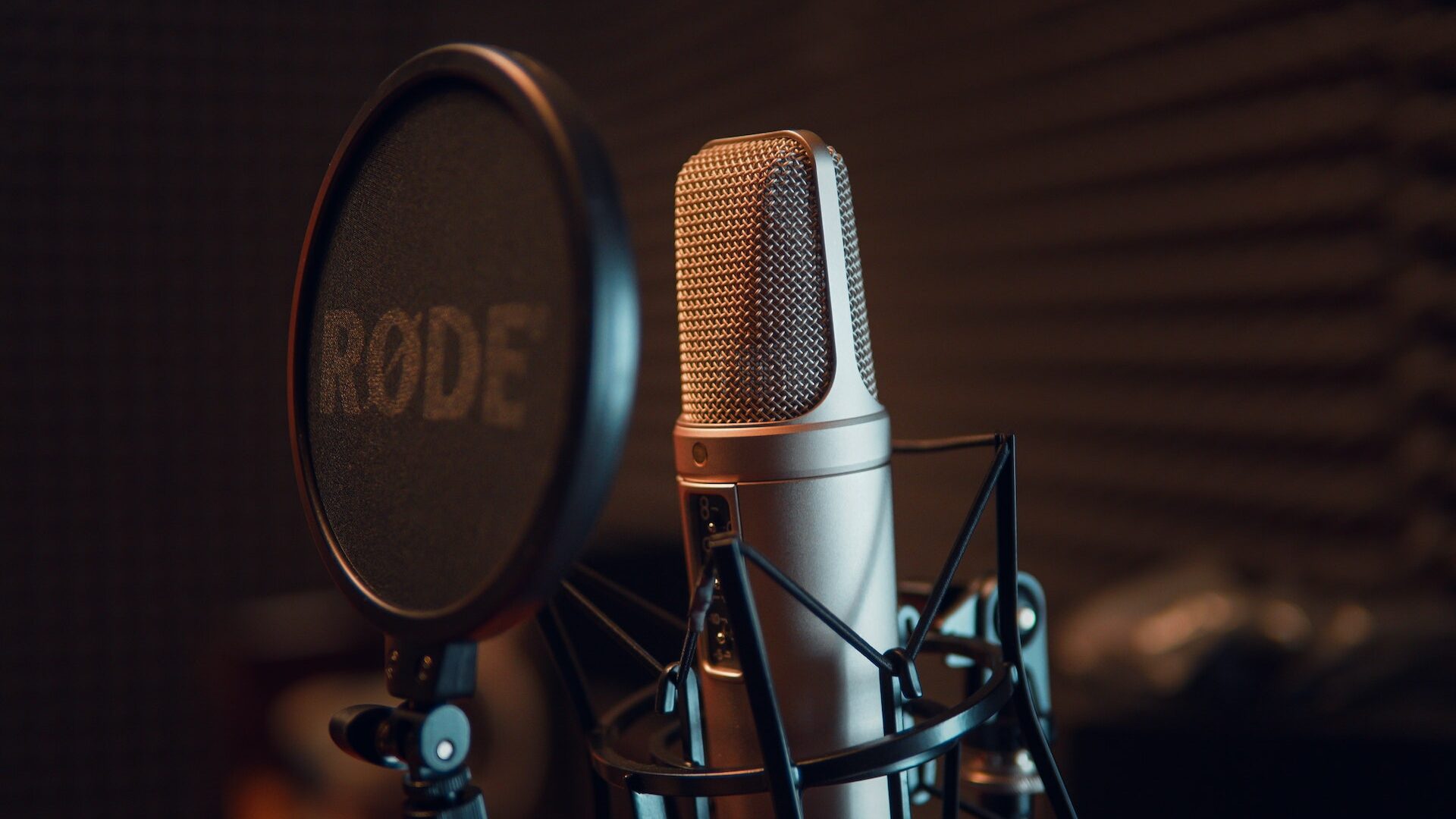You’ve got great seats for your favorite band. The lights dim, the band starts and sounds great, and the lead singer takes center stage. The singer leans into the microphone belting out the lyrics, and what you hear is muddy, muffled, and just plain awful. This doesn’t sound anything like their recordings. What is going on?
There are multiple reasons why the vocals might sound bad and many of them have nothing to do with the singer. It could be a bad mic or the wrong mic. It could be the sound engineer doing the mixing is having a bad day. It could be that you’re sitting in a dead spot in the arena. Of course, the singer could be the source of the problem, but if you follow the tips in this article, you can avoid being part of the problem.
Why good mic technique makes a difference
The purpose of a vocal microphone is to faithfully reproduce the sound of a voice so it can be amplified and projected at levels that complement the rest of the instruments. There are singers with naturally big enough voices such as Lady Gaga, Beyonce, Ariana Grande, and Justin Bieber, that they could be unmiked and still sound great alongside the band. If you’re not one of them, then using a mic properly will ensure you sound good, help you save your voice, and offer the opportunity to enhance your voice with reverb, delay, autotune or other effects.
Improper mic technique can ruin a great vocal performance. We’ve all heard singers who insist on shifting the mic from hand to hand, tapping on it with their fingers, or positioning it too far or too close to their mouth. The result can be anything from distracting to painful. If you don’t want to be the problem, consider the following tips carefully and be sure to practice.
Microphone Singing Tips & Tricks
School of Rock teachers have taught thousands of vocalists to become great singers. Whether you’re just starting out, looking to expand your range or repertoire, or changing genres, our professional vocal instructors can bring out your hidden talents, and using a mic correctly will ensure you’re heard. Our teachers have suggested these tips to get you started.
Know how to hold a microphone
1. Keep your hand on the microphone grip.
If you’re a popular vocalist who makes a million dollars a year, you can afford to do a “mic drop” or two. If not, you should always keep a firm hold on your expensive and fragile microphone. Find a comfortable grip and stick with it. Learn to do it with either hand — switch between numbers — so your hand doesn’t tire. The key is to not shift your fingers or hand around while you’re singing so you don’t inadvertently make noise, cause unwanted increases or decreases in volume, or accidentally hit the off switch. Besides finding a mic that suits your voice, be sure that it suits your hand — neither too thick or thin — so that you can hold it comfortably over the course of a 3+ minute song.
2. Don’t cup the mic!
It’s common to see pop singers cupping the mic with both hands. They do this to reduce external noise and to increase the mid-range and bass tone of the voice. The problem is that it only has a minimal effect of reducing other noises and it totally messes with the tone and volume. It’s also likely to make your sound engineer’s blood boil, and no one wants to have that happen during a gig.
If you’re trying to produce a certain sound, you’ve rehearsed it, and your sound engineer and the band know what to expect, then anything goes, but if you’re looking for a clean reproduction of your voice, stick to a simple grip.
3. Hold the mic by your mouth at a 45-degree angle, slightly off center.
Shure, a leading manufacturer of microphones used by professionals for the past 70 years, and a School of Rock partner, says: “Today, 98 percent of pop singers DO NOT use the mic correctly. The proper position is off to one side of the mouth, but pointing at the center of the mouth. Look at any video recording with Frank Sinatra or Ella Fitzgerald. These great singers knew how to use a microphone correctly.”
Holding the mic directly in front of your mouth increases the chances of picking up annoying popping P or T or breath sounds. Holding the mic at the correct angle, at the correct distance, and slightly off to the side limits extraneous sounds and lets the mic pick up the true sound of your voice.
